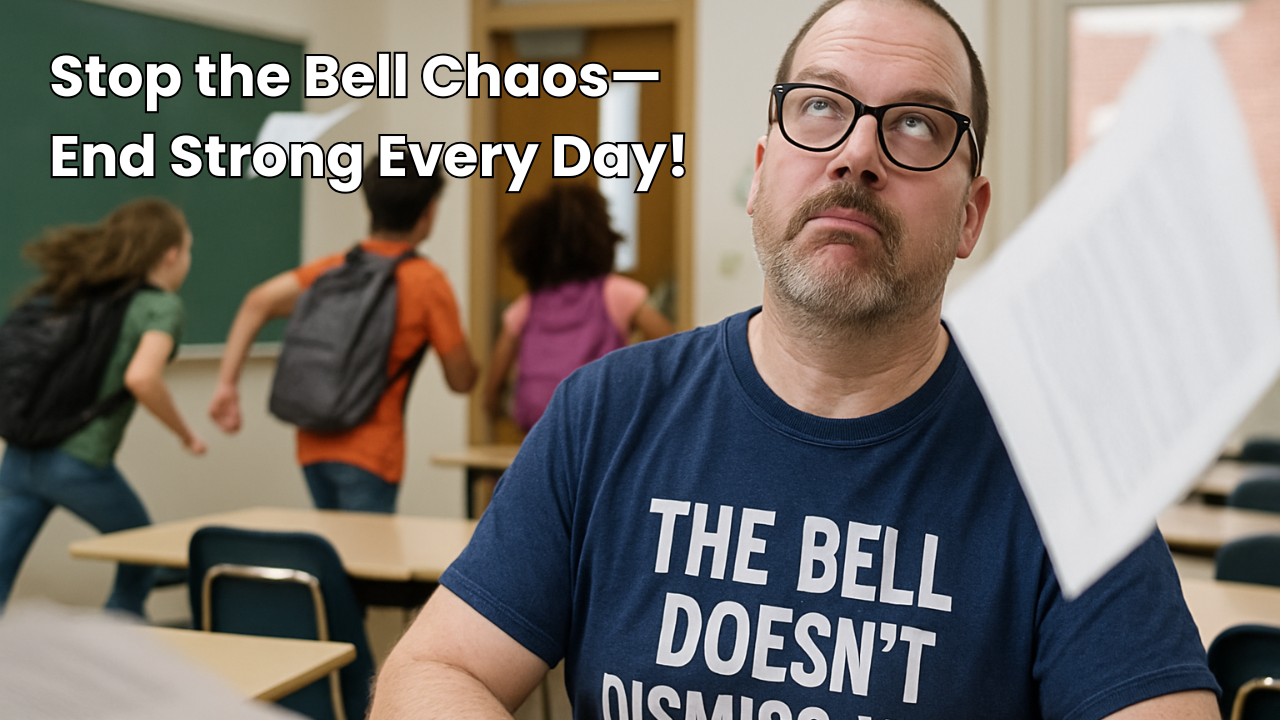
It's time to dive into the world of vocabulary instruction in the language classroom.
If you're looking to boost your students' word power, grab a seat, and let's explore my top five strategies.
1. Visuals & Gestures
Who doesn't love a good visual aid?
Incorporating visuals and gestures into your vocabulary lessons can transform them into a lively, interactive experience.
Draw pictures, use flashcards, or even act out words with exaggerated gestures.
This creative approach engages your students' visual and kinesthetic senses, making learning not only fun but memorable.
2. Meaningful Contexts & Stories
Language doesn't exist in a vacuum, and neither should your vocabulary lessons.
By embedding new words into meaningful contexts and stories, you'll help your students connect with the language on a deeper level.
Create scenarios or narratives that showcase new vocabulary in action, and watch understanding bloom.
3. Repetition & Review
They say practice makes perfect, and in language learning, repetition is key.
Encourage mastery by offering multiple exposures to new words through flashcards, games, TPR, and scaffolded questioning.
And don't underestimate the power of review!
Regularly revisiting previously learned words keeps them fresh and accessible.
4. Making Connections
Help your students make meaningful connections between new words and their prior knowledge or experiences.
Ask questions, prompt discussions, and relate vocabulary to familiar concepts.
These connections create a rich tapestry that strengthens language acquisition.
5. Student Communication
Finally, encourage your students to communicate using the new vocabulary.
Provide opportunities for meaningful conversations, role-plays, or creative writing tasks.
Active use of the vocabulary helps solidify understanding and builds confidence.
Let's Talk!
I'd love to hear your thoughts, experiences, and favorite strategies for introducing new vocabulary. Leave a comment and let's get chatting!



